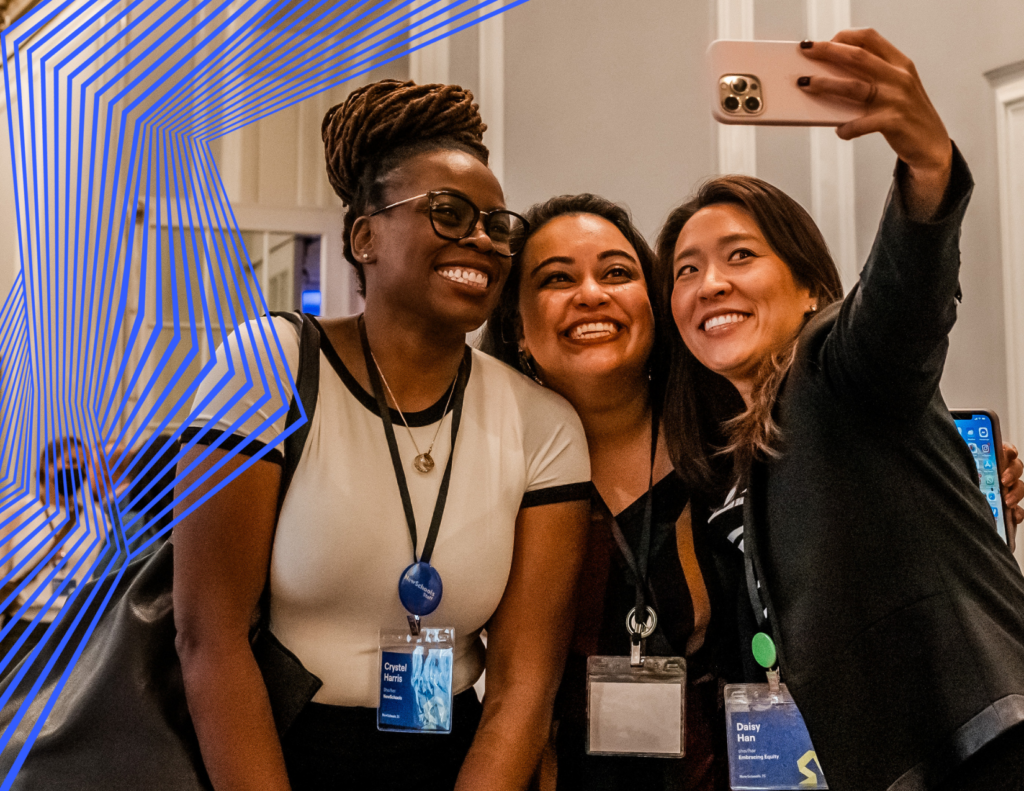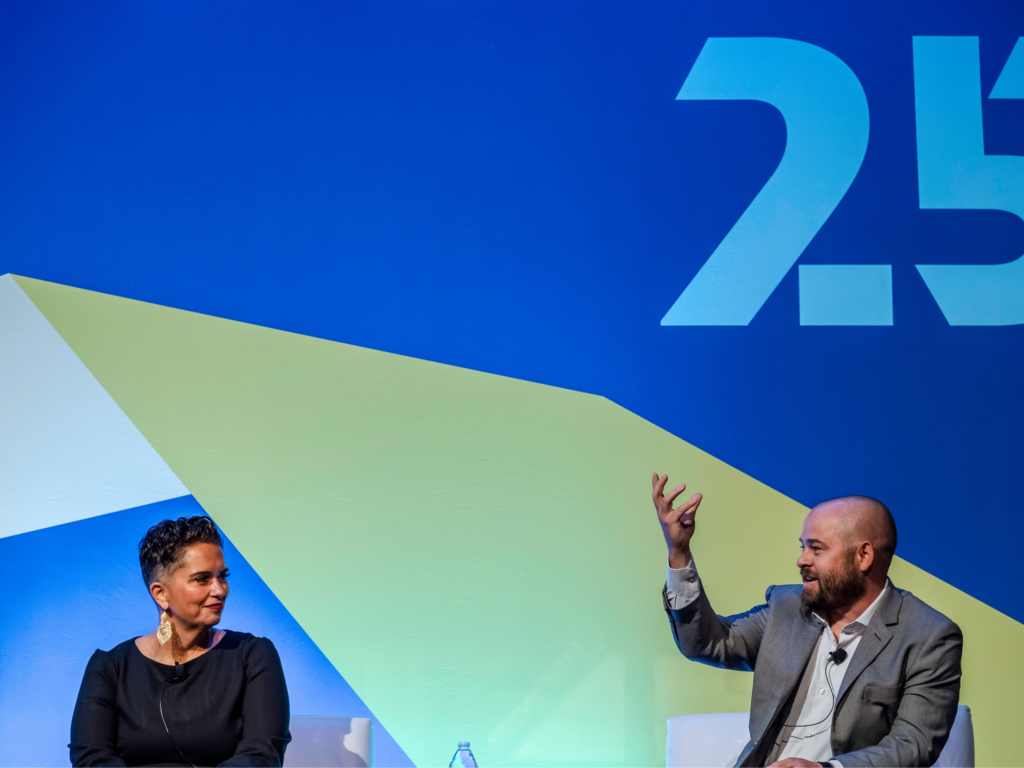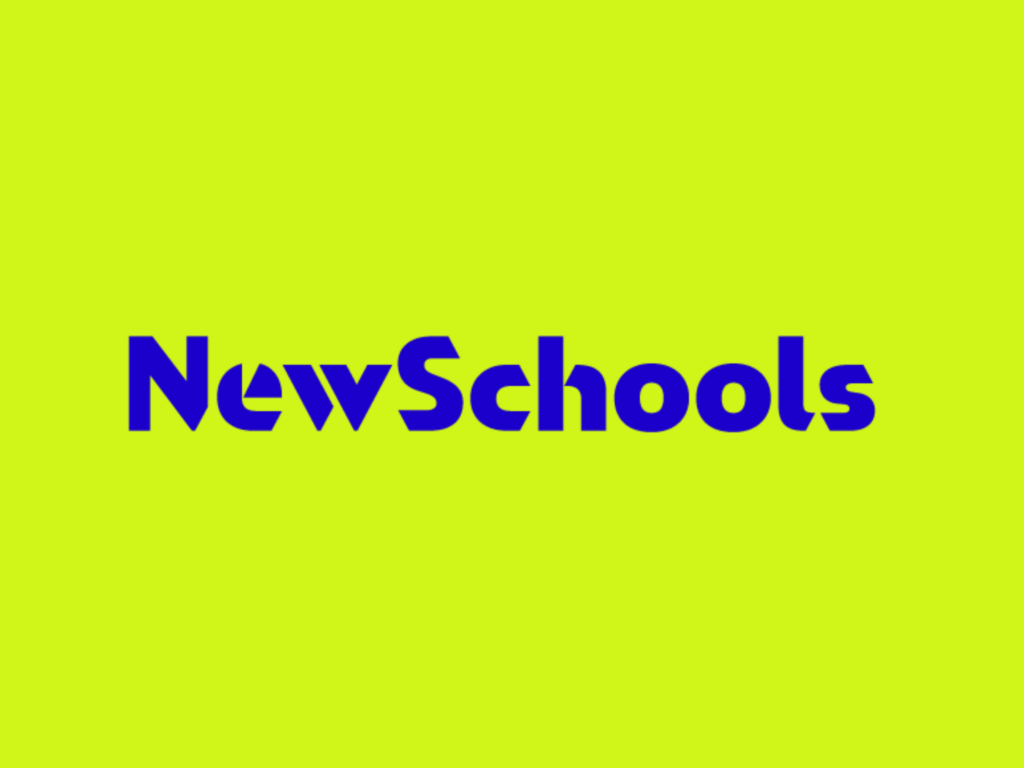
It’s not often that you’re told to embrace mistakes, but that’s one message that Rich Crandall likes to give everyone he meets. Rich is the K-12 Lab Director at Stanford’s Hasso Plattner Institute of Design (aka the d.school), where courses and classes are based on a process called “design thinking.” According to fans of this process, design thinking can transform the way organizations and individuals see the world and their work within it. Rich will be leading a session called Discovering Your Inner Innovator at this year’s NewSchools Summit. NewSchools Associate Partner Wayee Chu asked Rich how design thinking might benefit education entrepreneurs.
Wayee Chu: What’s so special about design thinking?
Rich Crandall: When I’m asked for a one-sentence definition of design thinking I answer, “it’s a human-centered prototype-driven way to tackle challenges.” We care about and get to know people in our process. People inspire us throughout our work, while we’re generating ideas and even in narrowing the scope of our solutions.
“Prototype-driven” is about having a learning posture. It’s about getting feedback on ideas as soon as possible and iterating relentlessly.
Wayee: How can more traditional approaches to brainstorming/designing something actually stifle creativity?
Rich: Different people have different processes, and I’m not one to say that the way someone else is working is stifling, but I have found it to be invaluable to practice a design thinking mindset in everything I do. If I hear about people getting “stuck” in traditional approaches, I wonder if they are in one of the following situations:
- They took a long time building something before putting it in front of users, only to find out that people don’t want or need it.
- An air of skepticism surrounds new efforts in the organization or the new ideas only come from senior management.
- People don’t feel permission to try new ideas, even on a small scale.
All three of these situations are discouraging and disheartening. As counterpoints:
- We encourage our students to get their ideas in front of people who would use their product or service right away. If the idea bombs, not much time has been lost, and it’s not too big a blow to the ego. There is tremendous learning to be captured in a failed idea. This learning helps us to better understand the user and what s/he values and needs.
- At the d.school we teach our students to follow very specific brainstorming rules. These rules help you come up with lots of ideas, but when followed, they are also great at creating a safe space for participants. There can be no judgment of ideas, and wild ideas are encouraged. We want the new employee to be as comfortable being vocal as the senior partner. Brainstorming should be fun and invigorating, and when done well, the team can’t stop thinking about the ideas generated.
- Prototyping. It can make a big difference for an organizational culture if people are given questions to answer in their work rather than tasks to complete—and if they are able to act on their ideas for answering the questions. For example, a principal might ask an administrator to take on the question of “how might we get parents of 3-year olds excited about enrolling their kids in our school?” rather than handing out the task of stuffing recruitment letters in envelopes. The administrator would hopefully feel enabled and engaged to try out a number of new ideas to figure out this challenge and would have an end result that outshines whatever the principal first imagined.
Wayee: What challenge in education keeps you up at night?
Rich: There have been times in the last year when I’ve laid awake at night thinking about the tide of education change and how important the timing felt – that if we don’t act now and seize the moment that all would be lost. And I now realize this is the wrong way to think about it. It seems we need to have more of a prototyping approach towards making things better. Rather than “let’s make sure we get this perfect!,” it is more of, “let’s make sure we enable the system to change as we learn and figure it out” and “how can we make sure we’re onto something that’s working?” sooner.
Wayee: How do you think that education entrepreneurs might approach this challenge differently than they have in the past?
Rich: Rather than getting bogged down in thinking about massive change at the start, I hope that an entrepreneur might approach what they are working on in a laser-focused way and share what they learn. She might pick a particular user to design for, and work relentlessly to solve for one of the challenges that person faces. For example, she might focus on early career urban teachers and how those teachers relate what is going on inside the math classroom with the world of their students. There’s a great deal to be learned from ideas that might be tried in this area, and the next challenge is sharing what is being learned broadly and rapidly (rather than in multiple year cycles).
Wayee: What education ideas are you most excited about right now?
Rich: I’m excited about the ability of technology to make differentiation easier and its ability to remove some of the operational burdens of teaching. Both can help teachers spend more time teaching and crafting better learning experiences for their students. Of course I’m also thrilled when I learn of middle and high school students around the world who are invigorated in using design thinking to solve problems.
Wayee: How happy are you to be speaking at this year’s NewSchools Summit?
Rich: I’m STOKED!
Wayee: We are too!


